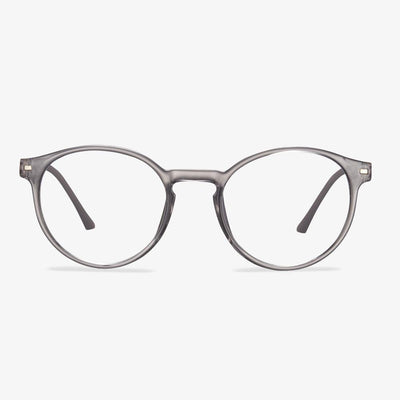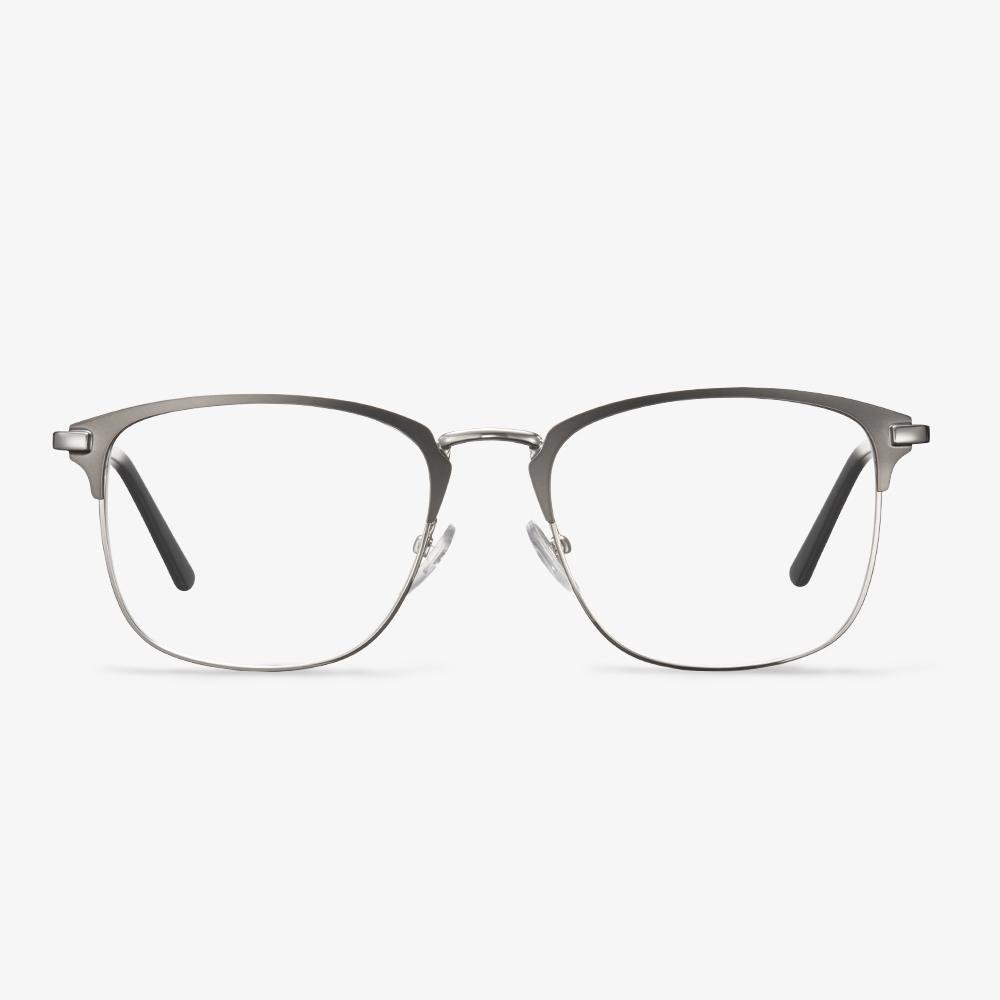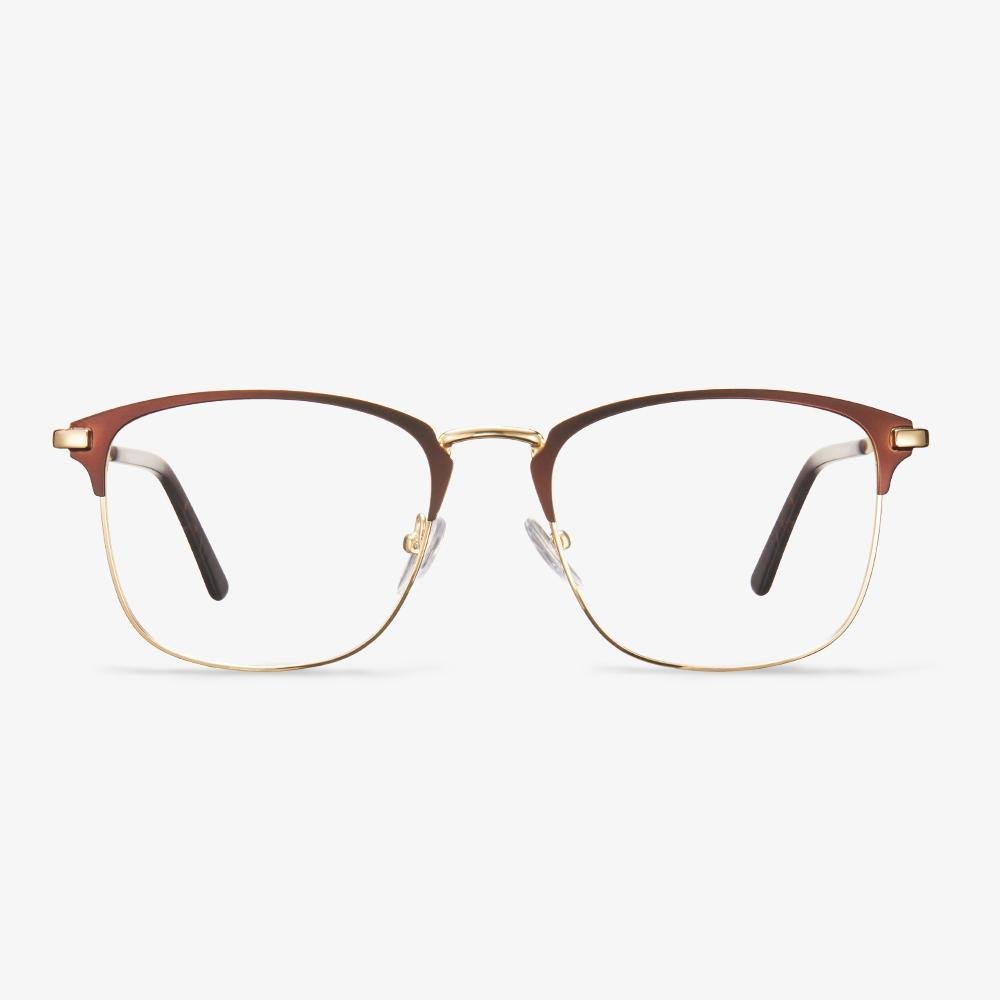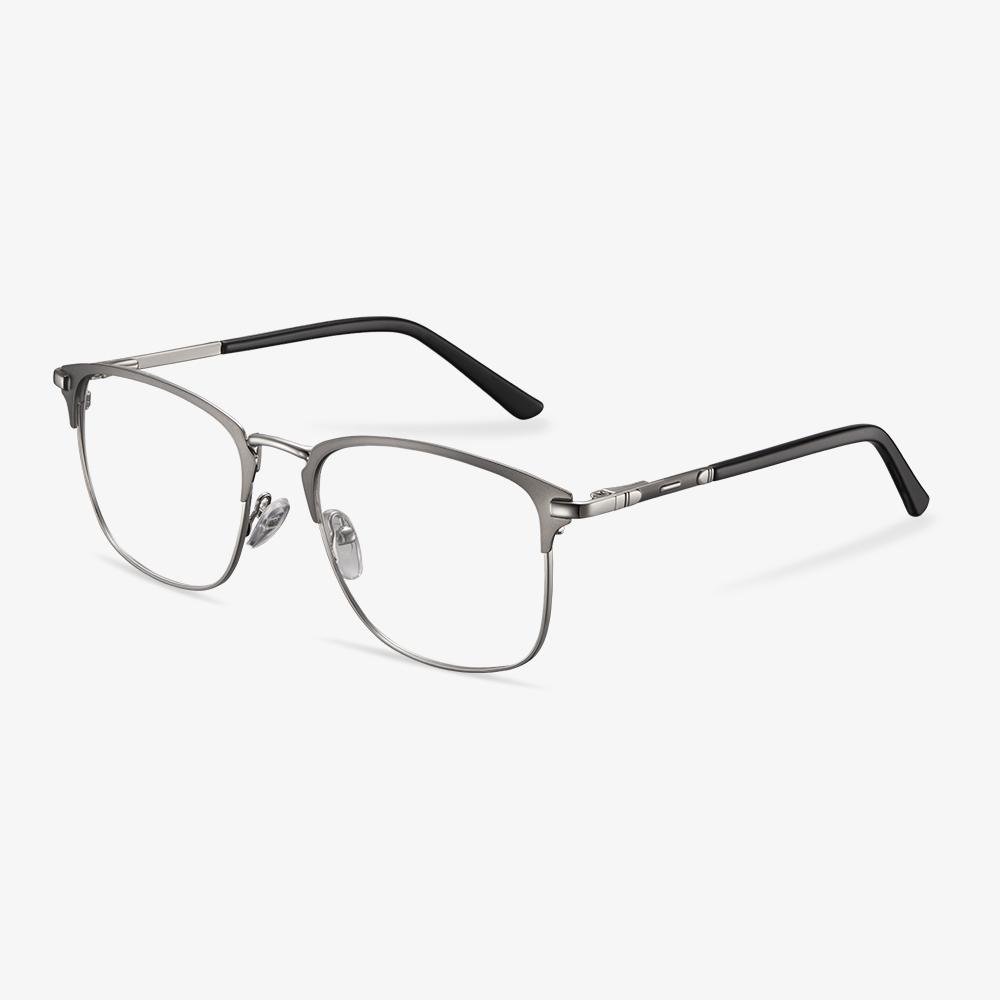The Advantages of Aspheric Lenses
From the above, you have learned some basic information about aspheric lenses. In this section, we will show you some advantages of the aspherical lens. Apart from the style of aspheric lenses, most people choose them because the following reasons:
- Improved performance
- Spherical aberration correction
- Slimmer and thinner profile
- More frame options
- Improved image quality
- Sleeker profile
- Lightweight and comfortable
- More natural appearance
- Improved peripheral vision
- Multiple lens designs to choose from
So, aspheric lenses come at a lot of advantages. However, everything has two sides. Hence, there are some negative voices of aspherical lens. Therefore, in the following section, we will show you the disadvantages of the aspheric lenses.
Take Frame material selection seriously.
When choosing a frame, try to choose a light frame. At present, the glass frame material is relatively light titanium, tungsten carbon, TR90, and so on. Now based on the plate spectacle frame, the new plate spectacle frame implements thin processing, so the whole spectacle frame has become light up. You can use rimless light glasses. Usually, the nose pad will leave an indentation, possibly because the glasses are too heavy. Changing some light glasses can improve the problem of indentation of the nose pads.
Why do spectacle frames rust?
Before solving this problem, we can first understand the causes of rust spots on the frames and skin allergies due to rust spots. Many alloy products in daily life contain nickel, and direct contact with the skin will cause allergies to sensitive people. The temples and nose pads are the parts that contact the skin with a large area, especially the outer surface of the metal frame and the interior of metal containing a large amount of nickel. Through contact with the skin and erosion of sweat, the appearance of rust spots and skin allergies are caused. Once allergy occurs, it will cause contact dermatitides such as redness, swelling, itching, and yellow water on the surrounding skin.
Contact Lens Materials - Non-HEMA materials
The non-HEMA materials are hydrophilic soft lens material, which does not contain HEMA components. They are stronger and more oxygen permeable than most HEMA polymers.
The water content of regular hydrogel lenses varies from 30% to 58%. When oxygen passes through the hydrogel, it needs to be carried by water molecules in the material. Therefore, the higher the water content of the lens, the higher the oxygen permeability value. The softer the lens, the more comfortable it is to wear, which is conducive to the metabolism of the cornea. However, at the same time, the higher the water content of the lens, the faster the water evaporation, easy to dehydration, and easy to cause dry eyes. A lens with high water content has low material density, poor durability, and easy breakage, so they are suitable for making lenses that are frequently changed or discarded. On the contrary, the lens with low water content has good formability, easy operation, durability, and is not easy to dehydrate and cause dry eyes.
What Are Progressive Lenses?
Progressive lenses are designed for people who are over 40 years old. It is a blended multi-focal lens with distance correction at the top, intermediate in the middle, and reading at the bottom. The goal is for the lens to work how your eye naturally works to let you see things both close up and far away.
Progressive lenses are made with an hourglass shape so there is some blurriness on the outer edges, but since it gives you your full range of vision, it is generally better than a bifocal despite being similar.
What is the best lens material?
Trivex is a special material from PPG. Compared with PC lenses, the refractive index is lower (only 1.53) but the Abbe number is higher (up to 45), which results in smaller dispersion and better image quality. At the same time, the impact resistance of the Trivex lens is 10 times higher than that of the PC. It is the only explosion-proof safety lens that can withstand external force twists and turns in the market at present.
What Are Bifocal Glasses?
Vision changes seem to be related to age. Presbyopia occurs in the middle age of one person, affecting your eye’s ability to focus. But it can be caused by bifocal glasses.
Bifocal glasses are divided into two parts to accommodate two different prescriptions in one lens. One area of the lens will have one prescription (usually distance) and a segment in the lower half will have the other (usually near vision).
Bifocal glasses were invented by Benjamin Franklin, who solved his own vision problem by taking the lens from his reading glasses and distance glasses and cutting them in half. Then remade the cut lenses into a single pair of bifocals and put the distance lens on top and the reading lens on the bottom.
However, the bifocal glasses come with some problems. So, in the following section, we will show you some common bifocal glasses problems.





















































